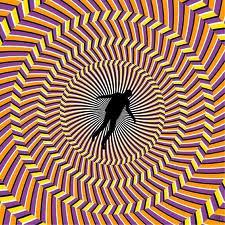| WHAT IS DIZZINESS?  If you are experiencing lightheadedness, a sensation of losing your balance, or a sense of feeling unsteady, you may be one of the millions of Americans who experience dizziness. Dizziness is a common complaint and affects 20% to 30% of the general population. In fact, dizziness is a common reason that adults seek medical attention. When your balance is impaired, you may feel unsteady, woozy, or disoriented. You may have blurred vision or experience a sensation of movement. It may seem that the room is spinning (vertigo). You may not be able to walk without staggering or you may not even be able to get up. Sometimes nausea, vomiting, diarrhea, faintness, changes in heart rate or blood pressure, fear, and also anxiety may accompany the dizziness and balance problems. Dizziness can be associated with a variety of conditions such as:
- Viral or bacterial infections, including ear infections
- Foreign objects into the ear canal
- Blood pressure changes
- Vascular problems
- A fistula (hole) in the inner ear
- Ménière's disease
- Medicines or drugs poisonous to the ear or balance system (ototoxic medicines)
- Multiple sclerosis
- Visual disorders
- Tumors, especially of the vestibular portion of the eighth nerve (known as Acoustic Neuroma)
- Head injury (traumatic brain injury,TBI)
WHAT IS VERTIGO AND IS IT THE SAME?
Vertigo is a type of dizziness where there is a sense of movement or spinning. Changing position, such as sitting up in bed, can make it seem worse. Nausea and vomiting may accompany the vertigo at times. If your vertigo is positional, then possibly a canalith repositioning procedure (CRP maneuver) can be performed to lessen or eliminate your vertigo.
Call our office to see if you need to see one of our audiologists.
|